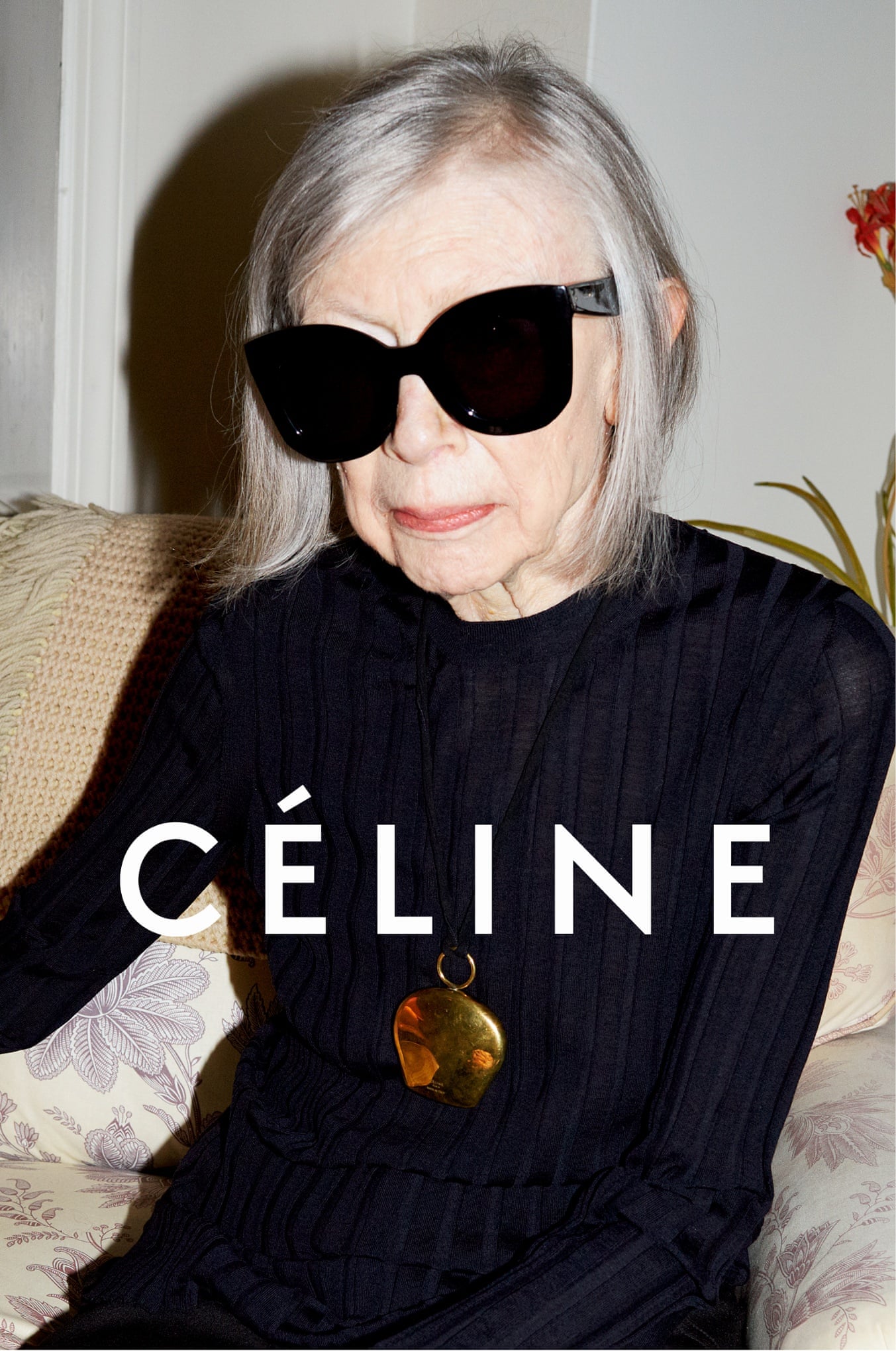
The bright flashbulb of Juergen Teller’s lens is hard to miss. That harsh light has defined almost two decades of image-making, bouncing off the faces of countless models, celebrities and, of course, himself. Teller made his name in the fashion industry, shooting campaigns for Marc Jacobs, Louis Vuitton, Missoni and countless other luxury brands, with his provocative perspective on what it means to work between art and commerce. He has exhibited his work in exhibitions around the world, including one particularly absurdist show that featured only images of plates, in reference to the meaning of German-born Teller’s surname in his native language. One of his most talked-about images of recent years was not from his personal oeuvre, but a portrait of the writer Joan Didion, shot for the Céline campaign in 2015.
It’s almost impossible to talk about Los Angeles without circling back to Didion, whose languorous, incisive influence on everything from the swimming pool to the Black Panther Party to Sharon Tate continues to shape how we look back upon the specificities of the California counter-cultural movement of the late 1960s. Quentin Tarantino’s 2019 film, Once Upon a Time in Hollywood, owes a serious debt to Didion’s iconic 1971 essay The White Album, which chronicled the crash from the hazy hedonism of the 1960s to the bleak realities of the subsequent decade. She shaped the autobiographical literary essay into a form that still influences scores of writers today, and has never shied away from difficult subjects (both personal and political), including the death of her daughter and husband within just two years of each other in the early 2000s.
“Teller’s photograph of Didion conveys his longstanding belief in the fullness of a portrait, one that extends beyond the boundaries of the image“
When Teller photographed her she was almost eighty years old, not a typical choice for Céline, but Phoebe Philo (the label’s designer at the time) and Teller himself are known for their unusual approach to the business of fashion. Philo notably has no social media, making her an outlier in an industry that often seems to be built half from money and half from Instagram followers. She brought to Céline an unsparing eye for detail, looser cuts and a flair for designs that heeded women’s desire not just for sexiness but for comfort and practicality. In doing so, she expanded the contemporary notion of what desire could mean, and welcomed a small army of well-to-do disciples.
Meanwhile, ever since Teller’s early days in the business, he has questioned the relationship between photographer and subject, unravelling the power dynamic that is often left unspoken between the two. In Go-sees, his 1999 book of portraits, he snapped impromptu images of hopeful young models sent for test shoots at his West London studio. In place of the usual glamorized shots expected for a model’s portfolio, he photographed them on his doorstep, with the immediate surroundings of his local area as much a feature as the girls themselves. Some strike poses, others hover awkwardly by the curb. This refusal to omit the clutter and the everyday interactions, that are more often left of in the pristine worlds of art and fashion, have made Teller remarkable for his directness and his honesty.
Teller’s photograph of Joan Didion conveys his longstanding belief in the fullness of a portrait, one that extends beyond the boundaries of the image. His photographs are never just photographs, whether they show him cavorting in the nude with Kim and Kanye or reveal Victoria Beckham’s legs protruding from an oversized bag. His portrait of Didion stands for her status as a writer who has presided over several decades of cultural chaos with calm precision. In an age when so many are obsessed with the new and the next, it was the ultimate power move for Céline to instead choose Didion, the original soothsayer and trend forecaster of our times.





